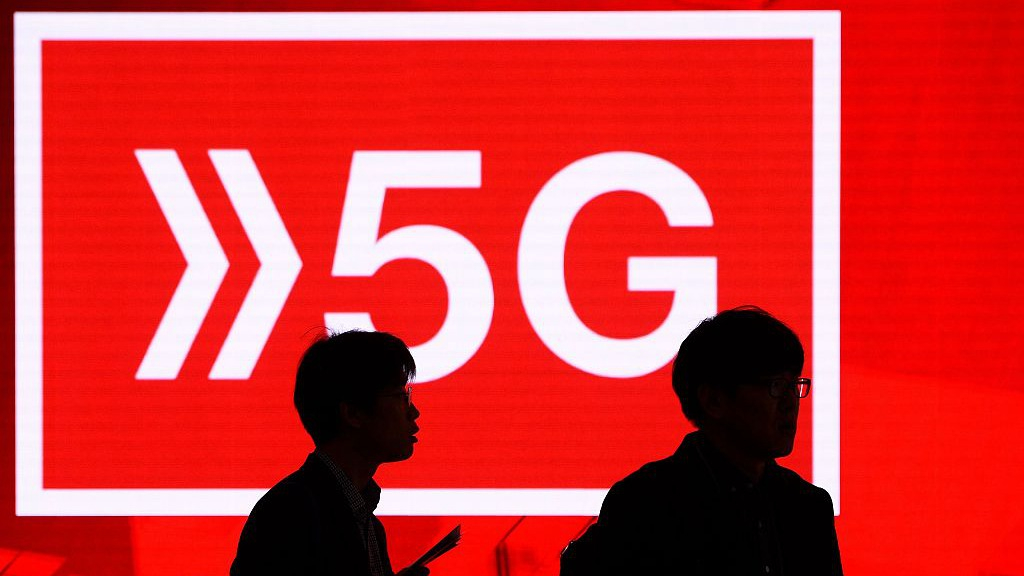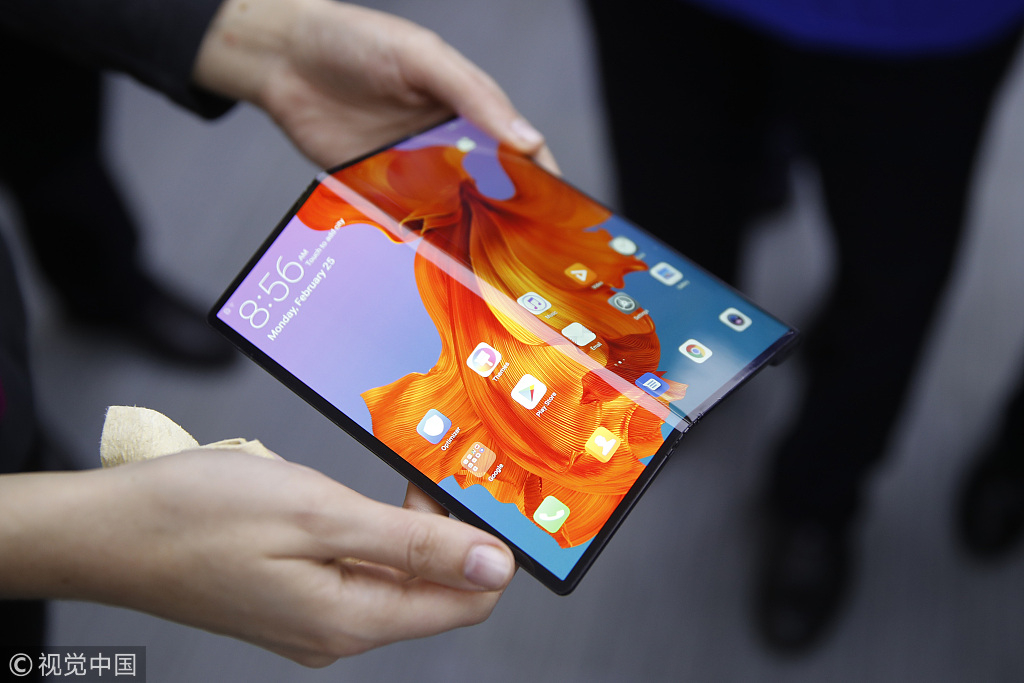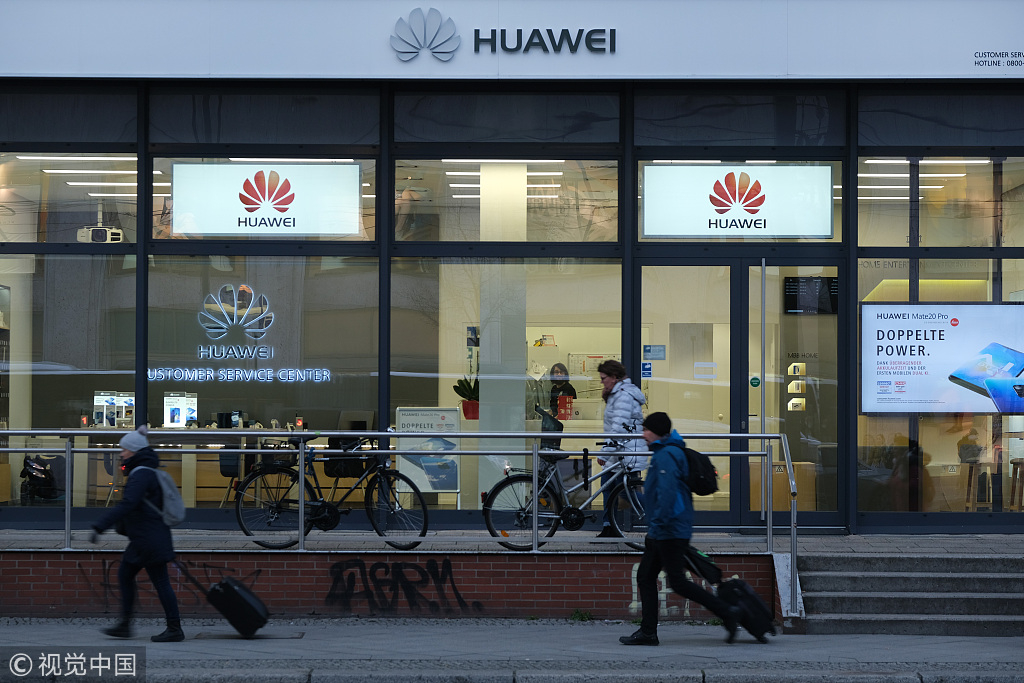
Opinion
14:58, 18-Mar-2019
Early 5G adopters will catch the worm
Updated
20:51, 23-Mar-2019
Andy Mok

Editor's note: Andy Mok is a non-resident fellow at the Center for China and Globalization. The article reflects the author's opinion, and not necessarily the views of CGTN.
The first two months of the year are when many important technology product announcements are made at the Consumer Electronics Show (CES) in Las Vegas or the Mobile World Congress in Barcelona. This year is no different with a number of 5G phones launched. The question on many people's minds is whether now is a good time to buy a 5G phone.
The answer to this question may depend largely on where you are. If you're in China, it should be a good idea. If you're in the U.S. or Europe, it's probably better to wait.
First, a little background. 5G has gotten a tremendous amount of hype, but what exactly makes it so splashy? It's really five separate technologies that if properly integrated and deployed may not only make the daily lives of consumers more convenient but radically transform the structure of everything from how cities are run to healthcare to military tactics. These five technologies are millimeter wave, small cell, massive MIMO (multiple input and multiple outputs), beamforming and full duplex.

An employee demonstrates a Mate X foldable 5G mobile device at the Huawei Technologies Co. pavilion on the opening day of the MWC Barcelona in Barcelona, Spain, February 25, 2019. /VCG Photo
An employee demonstrates a Mate X foldable 5G mobile device at the Huawei Technologies Co. pavilion on the opening day of the MWC Barcelona in Barcelona, Spain, February 25, 2019. /VCG Photo
Without getting into the technical details, these technologies employ approximately a thousand times more but smaller base stations (i.e. receivers/transmitters) each with many more antennae utilizing previously unused higher frequency spectrum in a much more productive way that not only allows download speeds up to a hundred times faster but many more devices to communicate with each other.
Because of this new system of infrastructure, some industry experts proclaim 5G as the start of the post-smartphone era. However, for optimal 5G capabilities to be delivered carriers must be able to use radio spectrum in the 30 to 300 GHz range and deploy base stations at sufficient density and with broad enough coverage. In the United States, the obstacles to doing this are numerous and formidable.
First, the process by which spectrum is made available by the Federal Communications Commission (FCC) can be highly politicized. It is also done via auction, which increases the risk of a carrier either being unable to secure the needed spectrum or overpaying. By leaving this critical part of 5G infrastructure deployment essentially up to the vagaries of chance and emotion, this process could introduce significant delays and distortions into the process of efficiently and rationally deploying 5G infrastructure for optimal societal benefit.
Next, the deployment of 5G base stations will be highly capital intensive. Therefore, cost-effectiveness and expected Return On Investment (ROI) will be key considerations. However, political decisions to prohibit American carriers from using the most cost-competitive vendors such as Huawei will also have a negative effect.

People walk past a Huawei customer service center in Berlin, Germany, March 12, 2019. /VCG Photo
People walk past a Huawei customer service center in Berlin, Germany, March 12, 2019. /VCG Photo
Moreover, regulations regarding cell tower deployment must be amended and updated. However, given the fragmented and adversarial nature of the regulatory and legal system in the U.S., this is likely to be a time-consuming, expensive and unpredictable process. As a result, it is unclear how likely it is that true 5G capabilities will be available soon on a widespread basis in the U.S. Europe faces a comparable set of difficulties that perhaps differ only in degree.
China, on the other hand, does not face these institutional or systemic obstacles. Because government at the national, provincial, municipal and even neighborhood levels are unified and coordinated and led by the CPC, policy decisions deemed a national priority can be implemented quickly and efficiently.
As such, the rollout of 5G infrastructure is likely to be faster than in other parts of the world. Also, there will likely be significant policy support for accelerating the development of other value-creating parts of the 5G ecosystem such as the development of consumer and enterprise appliances, applications and other devices and supporting infrastructure.
It is also worth re-emphasizing that 5G is expected to usher in the post-smartphone era. New categories of applications such as VR (virtual reality), AR (augmented reality) and replacement of optic fiber as primary means of fast Internet access are likely to enjoy a burst of technological progress and commercial success and the epicenter of this will be China. As a result, early adopters of 5G in China, whether embodied in a handset or other type of device, will reap the benefits of doing so.
(If you want to contribute and have specific expertise, please contact us at opinions@cgtn.com.)

SITEMAP
Copyright © 2018 CGTN. Beijing ICP prepared NO.16065310-3
Copyright © 2018 CGTN. Beijing ICP prepared NO.16065310-3